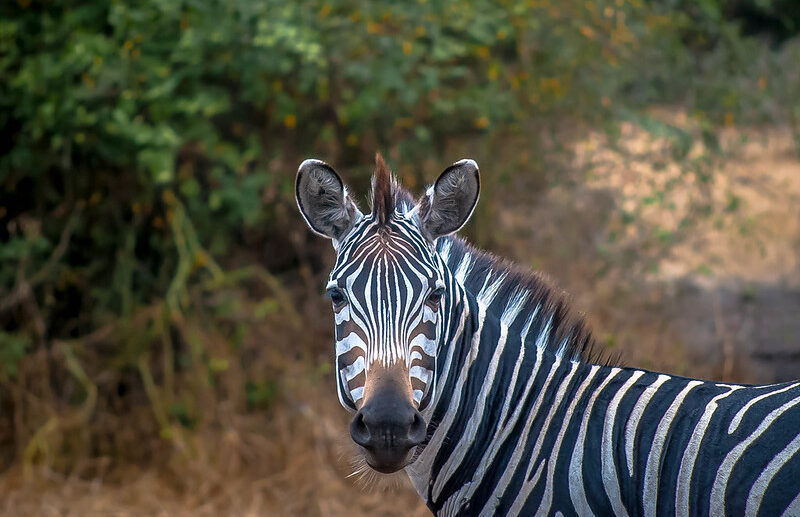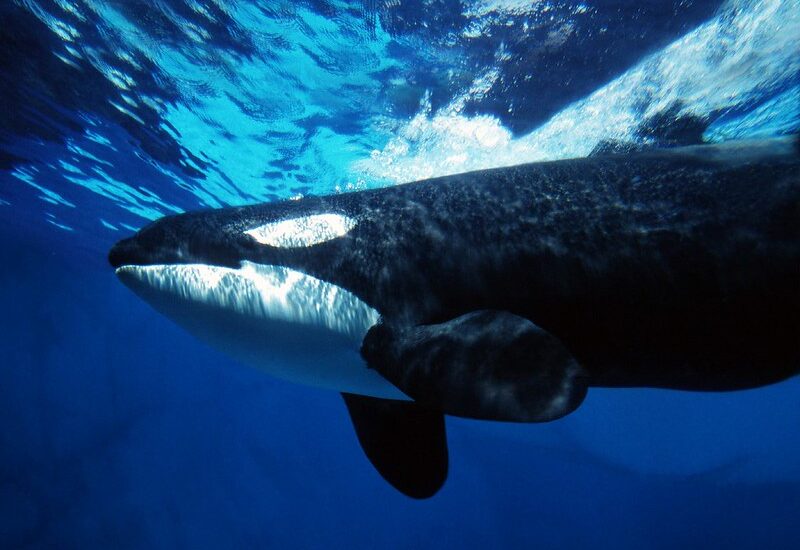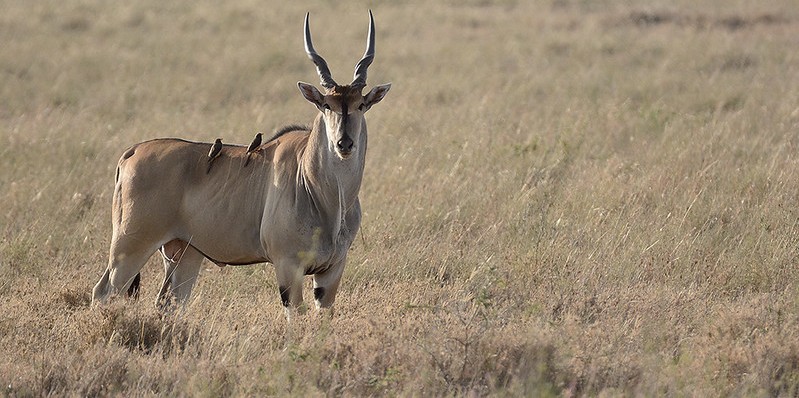5 Fascinating Facts About Plains Zebra Of the three zebra species found in Africa, the…
Top 12 Best Places To See Rhinos on Safari in Africa
Top 12 Best Places To See Rhinos on Safari in Africa
Do you want to know where in Africa you can see rhinos the best? The majority of the continent was originally home to these ancient animals, but in recent decades, poaching has reduced their numbers. Due to poaching for their horns, which are very valuable in some Asian nations, rhinoceroses are now extinct in many parts of Africa, and those that remain require extra protection. Where to see this second-bulkiest of the Big Five is suggested below.
South Africa’s Kruger National Park
The largest rhino population in Africa is found in South Africa’s premier national park, Kruger National Park. Sightings of white rhinos are especially well-known in Southern Kruger. The tiny black rhino, a browser that prefers to hide stealthily in thickets, will be harder to locate.
2. Tanzania’s Ngorongoro Crater
The most dependable location in Tanzania to see rhinos is Ngorongoro. The black rhino population spends a large portion of the day in open grassland, where they are plainly visible and in good health. The rhinos typically withdraw before dusk, so if you miss them on the plains, try your luck in the late afternoon near the charming Lerai Forest.
3. Kenya’s Lake Nakuru NP
One of the most picturesque areas of Kenya’s Rift Valley is Lake Nakuru National Park, which is surrounded by yellow fever trees and towered over by the escarpment. Even if you only stay for one night, your chances of spotting white rhinos are rather high in this stunning location. They are grazing on the lakefront in the rising mist, so if you want atmospheric photos, go early. Although sightings are sporadic, black rhinos also reside here.
Namibia’s Etosha National Park
The black rhino can be found in Namibia’s Etosha Pan’s wide desert, however it is typically found in areas with dense vegetation. This uncommon prehistoric mammal is frequently spotted here. During the dry season, Etosha National Park is renowned for its amazing wildlife viewing near waterholes. Try drinking at the floodlit Okaukuejo waterhole at night; if you’re lucky, you could spot a lone black rhino.
5. Uganda’s Ziwa Rhino & Wildlife Ranch
The only rhinos in Uganda can be seen at Ziwa Rhino and Wildlife Ranch. You have the chance to go on foot and track white rhinos here. As you approach these amazing creatures downwind, your knowledgeable guide will ensure your safety. While your heart is racing, remember to take pictures and take a deep breath to really absorb the appearance of a two-ton animal.
6. Kenya’s Ol Pejeta Conservancy
The southern white rhino, which was brought from South Africa, and the endangered black rhino can both be seen at Ol Pejeta, which is located on the Laikipia Plateau beneath Mount Kenya. Additionally, it is home to two cows that are kept protected in a big enclosure—the last two northern white rhinos in Africa. The success of ongoing experiments with stem cell technologies and in vitro fertilization methods will determine the survival of this nearly extinct subspecies, which formerly roamed freely over East and Central Africa.
![]()
7. Kenya’s Nairobi NP
Both black and white rhinos are found in good numbers at Nairobi National Park, which is located next to Kenya’s capital city. White rhinos are easily spotted during the day, while the former are more common in the park. The greatest times to observe black rhinos are at sunset and very early in the morning, when they emerge from (or return to) the thick vegetation that lines some of the park’s rivers and valleys.
8. South Africa’s Hluhluwe-iMfolozi GR
The oldest game reserve in South Africa is Hluhluwe-iMfolozi Game Reserve. It was created as a sanctuary for the last surviving southern white rhino population in the nation in the 1890s. It is where rhino conservation got its start and where the amazing animal was just about spared from extinction. Both black and white rhinos can be found nowadays, however it’s easy to overlook the former due to the thick undergrowth.
9. South Africa’s Kwandwe GR
With just 26 rooms spread throughout a huge wilderness area, Kwandwe Game Reserve is a private game reserve in the Eastern Cape region of South Africa. It provides excellent opportunities to see all five of the Big Five: lion, leopard, buffalo, elephant, and rhino.
White rhinos and the more elusive black rhino can be seen frequently due to the area’s undulating hills and rather open landscape. Black rhinos are less cooperative; they typically run, either to escape or to charge, although you will undoubtedly have some excellent photo possibilities for the former.
10. Eswatini (Swaziland), Mkhaya GR
Intimate interactions with protected species are the main focus of Eswatini’s (previously Swaziland) Mkhaya Game Reserve. You will have the ability to walk up to both black and white rhinos under the knowledgeable supervision of your ranger. Both species are remarkable. The second-largest terrestrial mammal in Africa is the white rhino, but it’s even more thrilling to target a black rhino, which is smaller but more hostile.
11. South Africa’s Pongola GR
The little-known Pongola Game Reserve is located on the coast of Pongolapoort Dam, deep within South Africa’s Zululand. With activities like wildlife drives, boat cruises, and—most exciting of all—a very real rhino-tracking experience, you won’t get bored here.
You could spend up to three hours tracking rhinos because they cover a large area of bush. However, you’ll know it was worthwhile when you see a rhino up close while walking. The lake is the greatest place to spend an afternoon because of the amazing birds, the huge crocs, and the possibility of seeing additional rhinos before sipping a sundowner on the water.
12. Botswana’s Khama Rhino Sanctuary
Without this significant community-run refuge in the east of the country, Botswana would hardly have any rhinos at all. The sanctuary was established with the goal of reintroducing rhinos to Botswana, and white rhinos in particular have flourished there to the point where some have been released into the country’s northern Moremi Game Reserve. Sightings are frequent throughout this little refuge and surrounding the salt pans.


